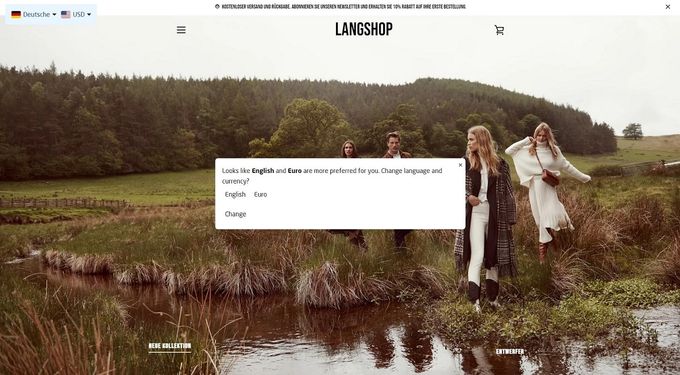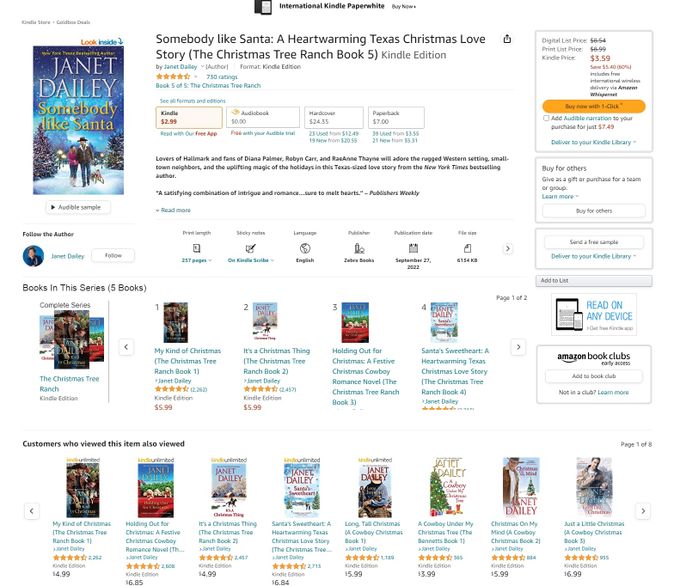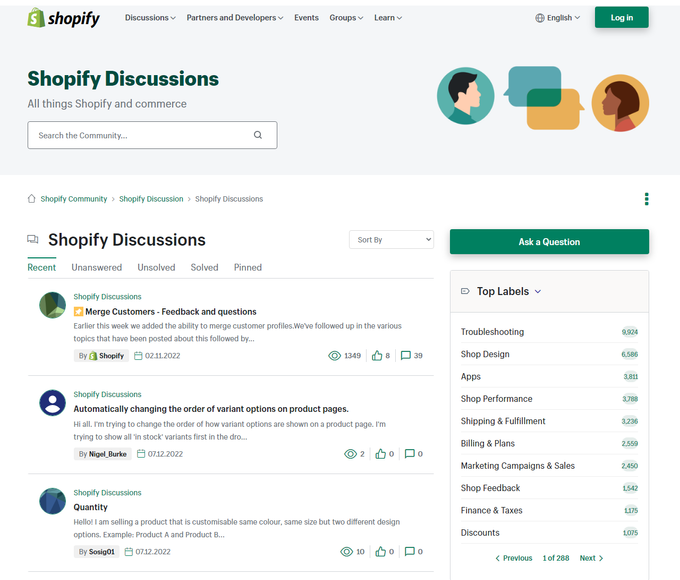What Is Web Personalization and the Profits It Can Bring
Updated December 15, 2022

For many years predicting customers' expectations, wants and needs was one of the biggest challenges marketing had to face. Although merchants all over the world still have to guess and invent new tactics to earn customers’ love and loyalty, the process has become much easier. The key to success is to listen and hear your customers. Of course, physical stores have an advantage here, as they can receive the information from the horse’s mouth. But online marketing invented its own methods, which made eCommerce a competitive sphere. Web personalization is the one.
In this article, we’ll try to figure out what web personalization is and what impact it has on sales in eCommerce.
- What is website personalization (what is needed for web personalization)
- How to personalize your website (translate, product recommendations, page load speed, interaction with customers)
- The benefits of web personalization
- Conclusion
1. What is website personalization?
Personalization is the act of tailoring customer experience to meet the needs of each customer individually. Website personalization includes creating conditions to cater to customers' interests and provide a seamless experience on the website.
If we look at personalization from a customer perspective, website personalization is the form of assistance from the brand to find desired products and services through conveniently arranged and rendered information, which is oriented on the individual visitor.
To display only relevant personalized information to each customer, websites rely on automatic data collection, customer profile and business goals.
There are several ways to collect data about the customer: through sign-up forms, where users should fill in their personal information, via cookies (show visitor’s activity) and web beacons (collect statistics of the number of visitors on the page or links clicked), transactional history and other company records, etc.
A customer profile also gives an idea of customer interests to make web content personalized. The profile usually contains information about location, gender, age, the industry they are involved in, purchased products and reviews left, etc.
And, finally, a personalization strategy should be based on the business goals you set to follow your business needs and wisely guide visitors in the right direction.
2. How to personalize your website
The website personalization process can vary depending on your business goals. In this post we’ll describe the main steps you can start from to make your website content more personalized.
#1 Translate your website into your customers’ language
Website personalization is only possible if your customers understand the language of the website content. Website translation improves customer experience and contributes to trustful relationships with buyers. To make a website serve your business goals, you’ll need to identify your target audience and provide it with the content they understand.
Of course if your business is oriented only on local audiences you can skip this step, but bear in mind that selling in multiple markets can increase your revenue greatly and improve brand awareness on the local market even more.
Once you have decided on the languages for your website, you’ll need a good translation app to generate quality translation without fuss. For Shopify merchants, there is a big choice of website translators available. We can recommend LangShop AI Language Translate as the most feature-rich and quality engine. The app supports 241+ world languages and allows merchants to translate the entire store with different translation methods: manual, AI machine, pro or agency translation.
For quick browsing you can implement a language switcher or customize language redirect, which automatically detects the preferred language and displays the relevant language version. It’ll drive more traffic and improve customer experience in your store.
#2 Improve navigation
The second aspect you should consider for website personalization is website navigation. Well-arranged navigation works magic. If a visitor can quickly find the desired product and a website helps with it by providing smart product recommendations and filters in product search, the chances to convert increase significantly.
Shopify app store offers 50+ apps oriented on product search and filters. Same situation in the product recommendation apps market.
But be careful, even though product recommendations allow visitors to find products relevant to them, too many up- and cross-selling blocks on the website will cause nothing but customer irritation.
Localization is a crucial part of website personalization. Together with the content translation mentioned above, the design, images and SEO components should be localized to meet audience expectations and needs.
You can change the catalog based on the stock for a particular country, use different images to reflect local realities, and consider multilingual SEO to attract an audience from a targeted country.
Display product recommendations based on the tastes of the local audience is a widespread practice, especially among streaming platforms. It’s also a form of website localization.
#4 Build a strong communication channel
What can win customers’ trust more than a brand ready to listen to them and discuss possible issues, share trends, give useful advice, etc? Creating a channel for communication will help to engage your customers, discover more insights and personalize user experience.
It doesn’t matter what channel you’ll use: social media, blog or community. What is really important is to constantly maintain communication, answer questions, be sincere, and add interesting and entertaining content.
The benefits of web personalization
Personalization is a powerful technique to improve customer service and increase profits. Personalization is considered to be a trend in 2023, as it has proved its effectiveness.
According to the Accenture survey, 91% of customers claim they’re more likely to buy from brands that recognize and remember their choice to employ it for subsequent browsing. Econsultancy research revealed that in 80% of companies there’s an uplift after implementing personalization, while a McKinsey study proved that 71% of customers today expect to receive a personalized experience on the website.
As you can see, there’re a lot of reasons to implement website personalization. But what concrete benefits can it bring?
Benefits of personalized marketing:
- Better customer experiencePersonalization makes the searching and purchasing process much easier for buyers.
- Makes content more relevantEven if you sell a lot of products, content personalization will simplify browsing and reduce clutter for buyers.
- More opportunities for customer engagementInteraction with buyers is crucial for personalization.
- Improved customer acquisition and retentionCustomers are more likely to buy products when a brand takes care of their experience on the website.
- Improved ROI of a marketing tacticAs more visitors are converted into customers when the website is personalized, the return on investment also increases.
Conclusion
Website personalization is a powerful marketing tactic to improve customer experience on your website and boost your sales. If customers feel that exceptional way the brand treats them, they pay it back.
So, personalization can bring a lot of profits and that’s why it is worth investing.












